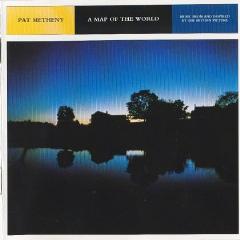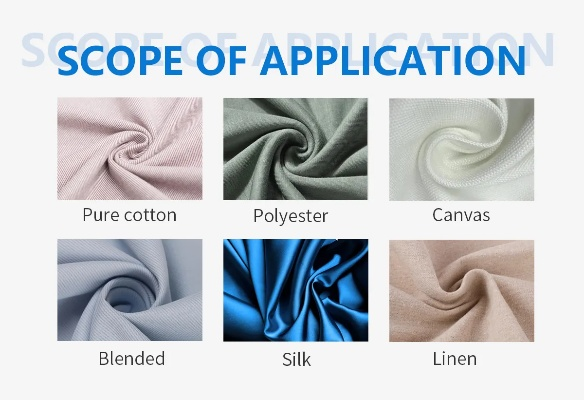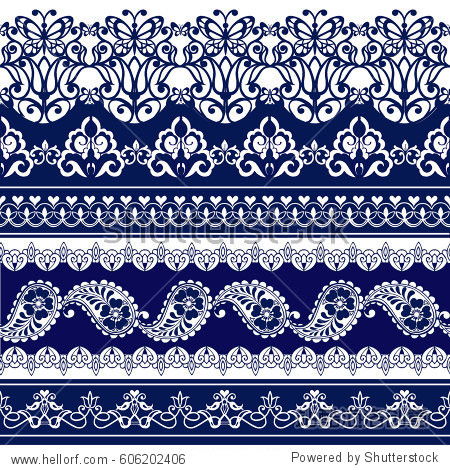The Global Fabric Consumption Landscape:A Comprehensive Analysis
This paper presents a comprehensive analysis of the global fabric consumption landscape. It examines the various factors that influence the consumption of fabric, such as economic growth, technological advancements, and cultural trends. The paper also discusses the impact of these factors on the production and distribution of fabric, as well as the environmental implications of the consumption of textiles.,The paper highlights the importance of sustainable practices in the production of fabric, including the use of renewable resources and the reduction of waste. It also emphasizes the need for ethical sourcing of fabric, which ensures fair labor practices and protects workers' rights.,Overall, the paper provides a valuable insight into the complexities of the global fabric consumption landscape, and offers practical recommendations for producers, consumers, and policymakers to promote sustainability, ethical practices, and responsible consumption.
Introduction: The textile industry is one of the most significant sectors in the global economy, contributing significantly to employment, income generation, and economic growth. It's a multifaceted sector that involves the production of various materials such as cotton, polyester, wool, silk, and more, used for clothing, home furnishings, industrial applications, and much more. This discussion will delve into the consumption patterns of these fabrics globally, highlighting key trends, challenges, and opportunities.
Global Textile Consumption Overview: According to data from the World Economic Forum (WEF), the global textile industry generates $1.6 trillion annually, with China, India, and Brazil being the leading producers. However, the actual figure may vary depending on the source and methodology used.
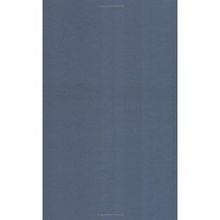
In terms of consumption, the textile industry is not just about raw materials; it's also about the end products. Here's a breakdown of some of the major categories:
- Clothing: This category accounts for the largest share of textile consumption, with over 40% of total textile output being used for clothing.
- Home Furnishings: This includes bedding, curtains, upholstery, and other household items made from textile materials.
- Industrial Fabrics: This category includes a wide range of industrial fabrics used in manufacturing processes like carpets, tarpaulins, and industrial textiles.
- Medical Fabrics: These are used in healthcare settings, including surgical gowns, masks, and wound dressings.
- Other Applications: This category includes non-textile uses like sportswear, outdoor gear, and technical textiles like fireproof and waterproof fabrics.
Key Trends in Textile Consumption:
- Digitalization: With advancements in technology, digitalization is transforming the textile industry. From smart fabrics to 3D printing, digital tools are enhancing the efficiency and quality of textile production.
- Sustainability: As consumers become more conscious about environmental impact, sustainable textile practices are gaining traction. Renewable resources, eco-friendly dyes, and low-carbon production methods are becoming more prevalent.
- Localized Production: Many industries are moving towards localized production to reduce transportation costs and carbon emissions. This trend is particularly evident in developing countries where labor costs are lower than in developed markets.
- Emerging Markets: Asia Pacific, Latin America, and Africa are emerging markets with significant growth potential in the textile industry. These regions offer abundant raw materials and favorable labor conditions.
Challenges Faced by the Textile Industry:
- Labor Shortages: As the industry grows, there's a growing demand for skilled laborers. This can lead to high wages and increased pressure on workers.
- Energy Costs: Textile production requires significant energy inputs, especially in the form of electricity. Rising energy prices can put pressure on businesses and affect their profitability.
- Environmental Impact: The textile industry has a significant environmental footprint, with waste and pollution issues affecting the environment and public health.
- Trade Barriers: International trade agreements can impact the textile industry by limiting imports or imposing tariffs. These barriers can limit competition and potentially drive up prices for consumers.
Opportunities in the Textile Industry:
- Innovation: Advances in technology and digitalization offer new opportunities for innovation in the textile industry. For example, 3D printing could revolutionize the fashion industry by allowing for more customized designs.
- Sustainability: The shift towards sustainable practices offers businesses an opportunity to differentiate themselves from competitors. By adopting eco-friendly practices, companies can attract customers who value sustainability.
- Localized Production: Localized production can help reduce transportation costs and carbon emissions, making it a competitive advantage for businesses.
- Emerging Markets: The textile industry in emerging markets presents significant growth opportunities. These regions offer lower labor costs and favorable conditions for manufacturing, making them attractive for investors and manufacturers.
Conclusion: The textile industry is a vital part of the global economy, with significant consumption patterns across various categories. While it faces challenges such as labor shortages, energy costs, environmental impacts, and trade barriers, it also presents opportunities for innovation, sustainability, and localized production. As the industry continues to evolve, businesses must adapt to stay ahead by embracing digitalization, sustainability practices, and exploring emerging markets.
随着全球经济的快速发展,纺织品作为重要的消费品类之一,其消费量也在不断增长,本篇文章将围绕纺织品消费量这一主题展开讨论,并通过英文案例说明来进一步阐述。
纺织品消费现状
全球纺织品消费趋势
全球纺织品消费量持续增长,特别是在亚洲地区,由于人口增长、经济发展和消费升级等因素的影响,纺织品市场呈现出繁荣景象。
不同地区纺织品消费特点
不同地区纺织品消费量存在差异,例如欧洲地区注重高品质、高附加值的产品,而亚洲地区则更注重时尚、舒适和环保的产品。
案例分析
某国家纺织品消费情况
以某国家为例,近年来纺织品消费量持续增长,该国家注重环保、可持续的产品,同时注重时尚、舒适的产品类型,该国家推出的新型面料,具有环保、透气、舒适等特性,深受消费者喜爱。
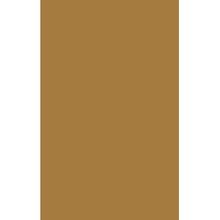
纺织品消费升级趋势
随着消费者对生活品质的要求不断提高,纺织品消费升级趋势日益明显,消费者更倾向于购买高品质、高附加值的产品,同时注重产品的环保、可持续性,某些品牌推出的绿色纤维面料,不仅具有环保特性,还具有抗菌、防霉等功效,深受消费者青睐。
纺织品消费量影响因素分析
经济发展水平
经济发展水平是影响纺织品消费量的重要因素之一,随着经济的发展,人们的生活水平提高,对纺织品的需求也日益增加。
政策支持
政府对于纺织品的政策支持也是影响纺织品消费量的重要因素,政府通过出台相关政策,鼓励纺织品的生产和销售,促进纺织品市场的繁荣发展。
消费者需求变化
消费者需求的变化也是影响纺织品消费量的重要因素,随着消费者对生活品质的要求不断提高,他们更倾向于购买高品质、高附加值的产品,环保、可持续性也成为消费者购买纺织品的重要考虑因素。
未来纺织品消费趋势预测
-
纺织品的环保和可持续性将成为未来纺织品消费的重要趋势,随着环保意识的不断提高,消费者对于纺织品的环保和可持续性要求也越来越高,纺织品的生产将更加注重环保和可持续性,同时也会推出更多符合消费者需求的产品类型。
-
纺织品的消费升级趋势将继续存在,随着消费者对生活品质的要求不断提高,他们更倾向于购买高品质、高附加值的产品,纺织品的生产和销售也将更加注重产品的品质和附加值。
纺织品作为重要的消费品类之一,其消费量在不断增长,随着经济的发展、政策支持以及消费者需求的变化,纺织品消费量将继续保持增长趋势,纺织品的环保和可持续性将成为未来纺织品消费的重要趋势,纺织品的消费升级趋势也将继续存在。
Articles related to the knowledge points of this article:
The Art of Color and Pattern in Textiles
Where to Explore Textile Certifications
The Evolution and Impact of Hengxingli Textiles
Exploring the Rich Tapestry of Textiles from Shaoxing,China
